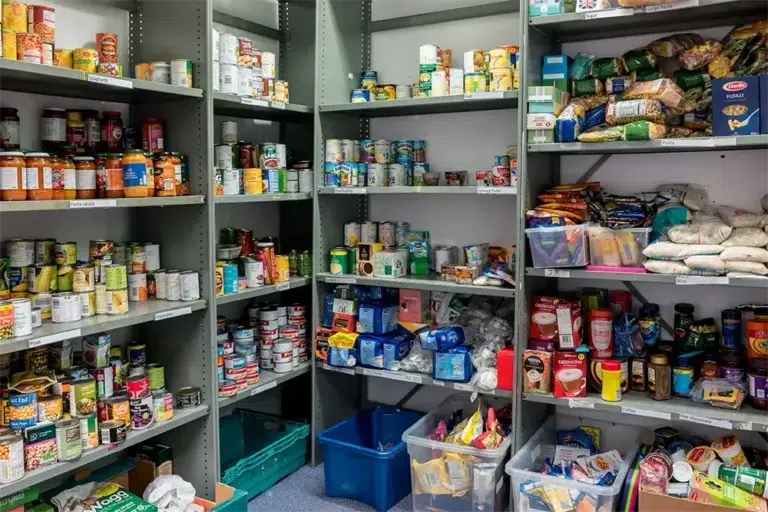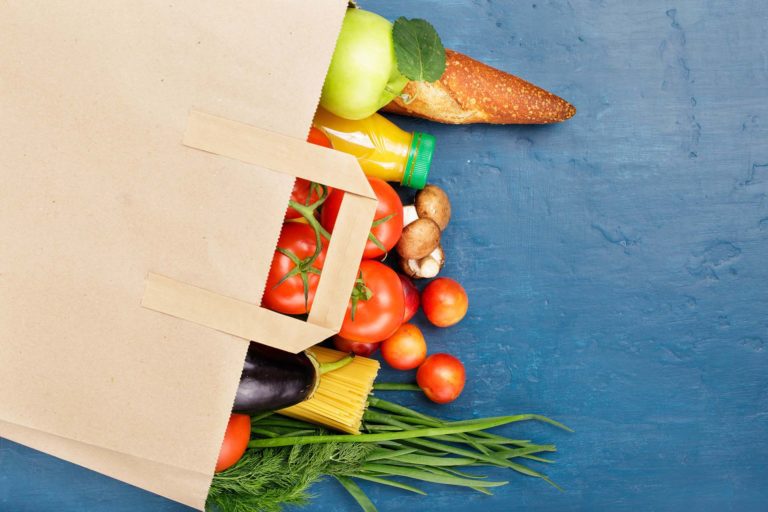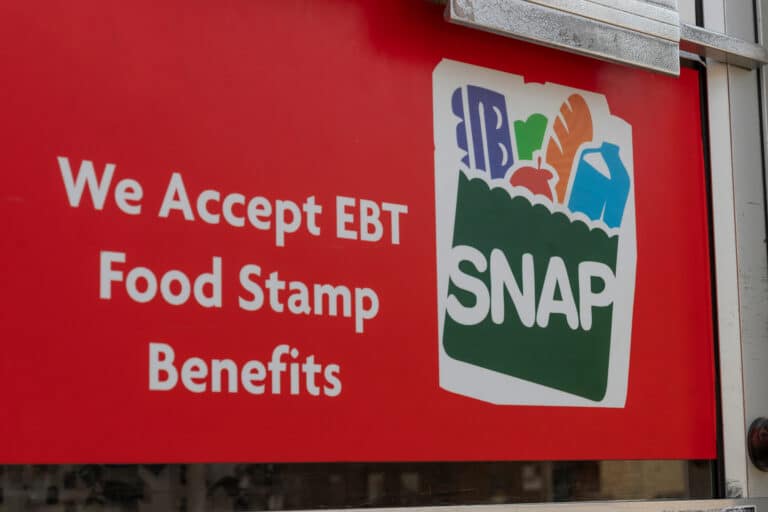How You Can Help End Food Insecurity In Illinois
Ending hunger in Northern Illinois is no small job. Communities must come together to get families the food and supplies they need. From volunteering at food banks or distribution centers to donating to good causes and writing to your local representative—there’s no shortage of ways you can help. Read on to learn how to end food insecurity in Northern Illinois communities.
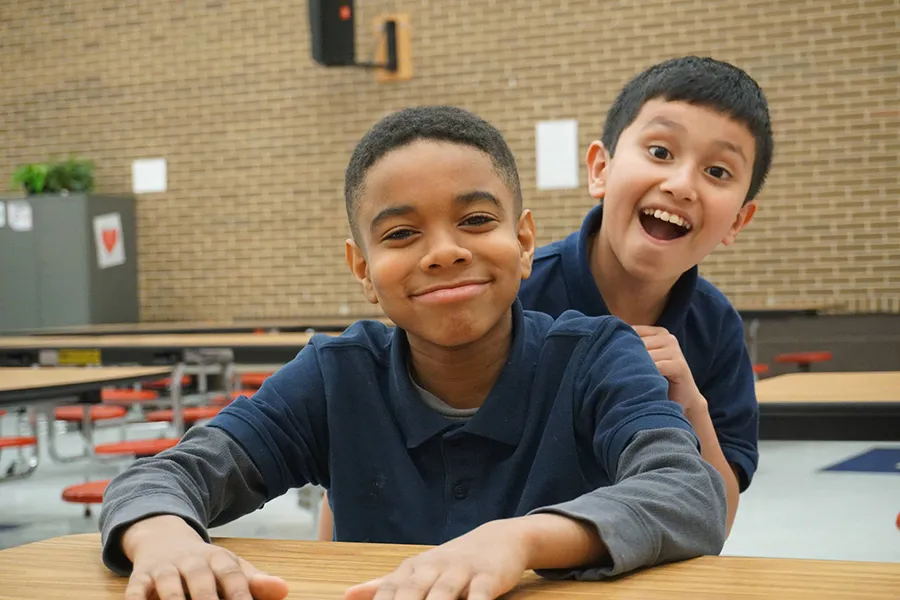
Who Is At Risk For
Hunger In Illinois
From 2017-2019, around 10% of all Illinois households reported experiencing food insecurity. This percentage is slightly below the national average (11.1%) and still is over 2% lower than it was from 2011-2013. It’s a positive step forward, but it doesn’t mean the mission of ending hunger is over. The populations most at risk for experiencing hunger or food insecurity are Hispanic and non-Hispanic Black households and lower-income households (below the 185% poverty threshold. Compared to non-Hispanic white households, Hispanic and non-Hispanic Black households experience food insecurity at twice the rate.
What Causes Food Insecurity In Illinois Communities
Many Illinois families are facing hunger due to poverty resulting from low income or unemployment. Other families may have few employment opportunities or simply cannot afford daycare for their children. Of course, the COVID-19 pandemic and economic downturn felt across the country made food insecurity and employment situations worse. According to the Illinois Department of Human Services, the number of children across Illinois who face food insecurity tripled among households with children during the pandemic. Several other things contribute to food insecurity in Illinois communities, such as:
How Effective Are Illinois Initiatives At Solving Hunger?
Illinois initiatives like Northern Illinois Food Bank and My Pantry Express (MPX) are progressing in the fight against food insecurity. In 2021, MPX received over 33,000 orders from families in need. We’ve already eclipsed that total, receiving well over 55,000 orders in 2022. With each order fulfilled, we’re doing our part in helping end hunger in Northern Illinois.
Hurdles To Providing Food
Providing food for families isn’t as easy. Some government restrictions make it harder for food banks and pantries to distribute nutritious food. A great example of this was highlighted during the pandemic when strict social distancing rules made it difficult for families in need to access food. Along with social distancing rules, the number of volunteers available to help plummeted from the ongoing pandemic. Language and cultural differences represent barriers that Northern Illinois families face. It’s difficult to access or know where to go if all the information about food banks is in a language other than the one you speak.
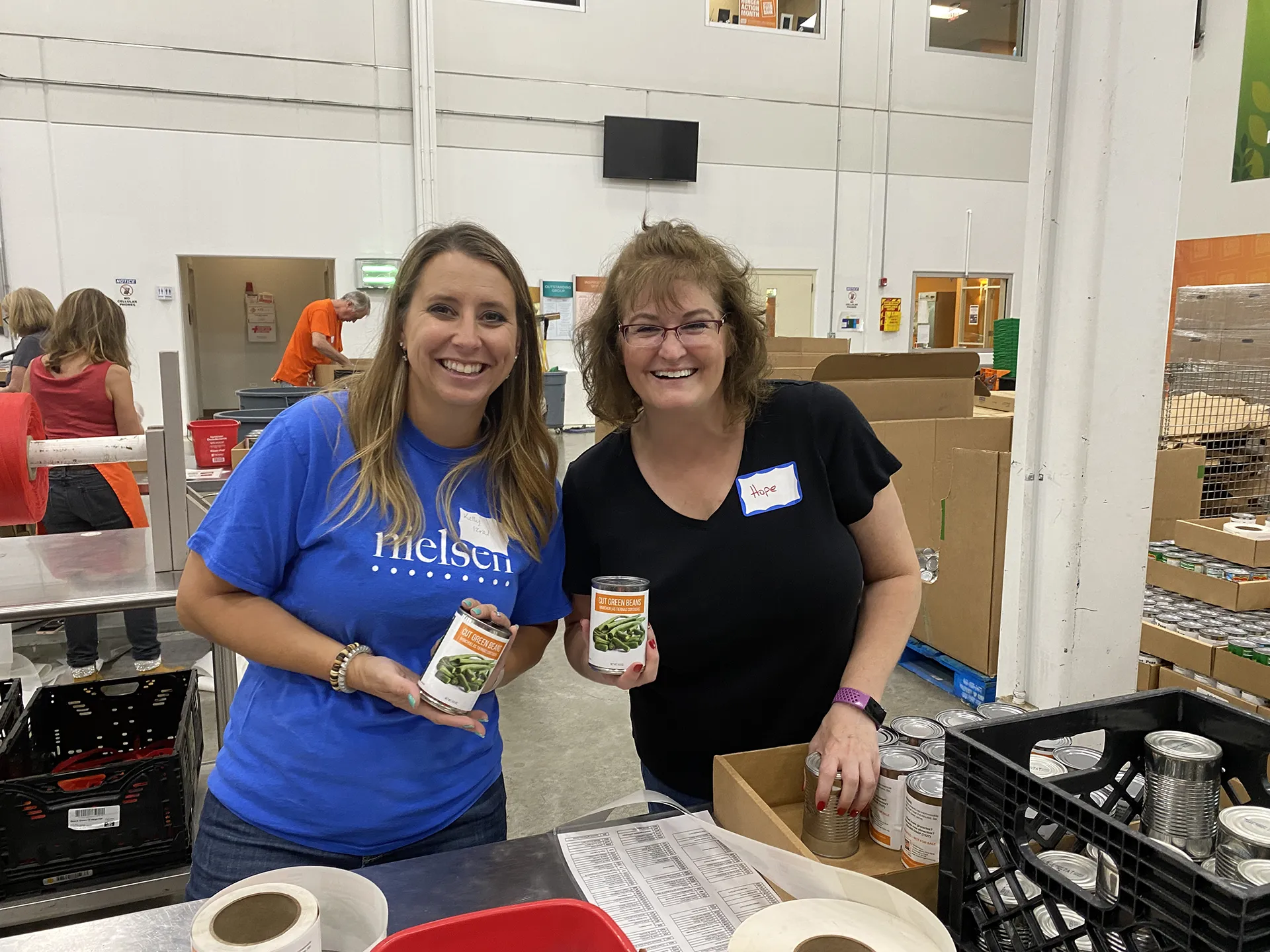
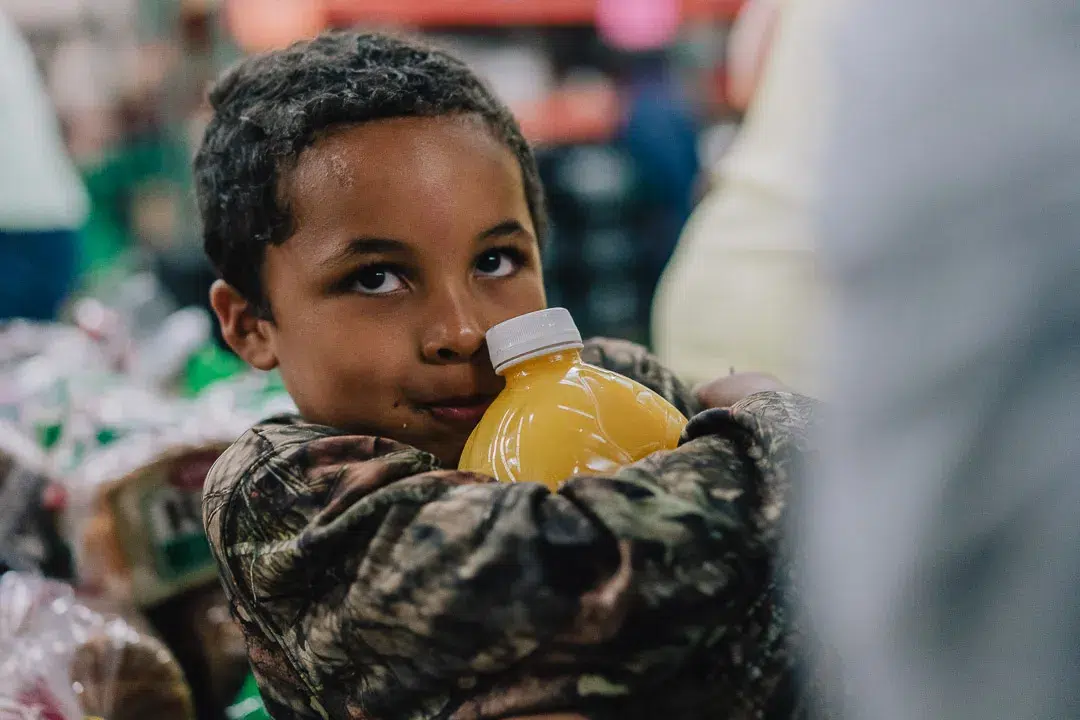
Donate To A Trusted Illinois Food Pantry
Don’t have time to volunteer but still want to contribute to ending hunger in Northern Illinois? No problem. Donations are welcome!
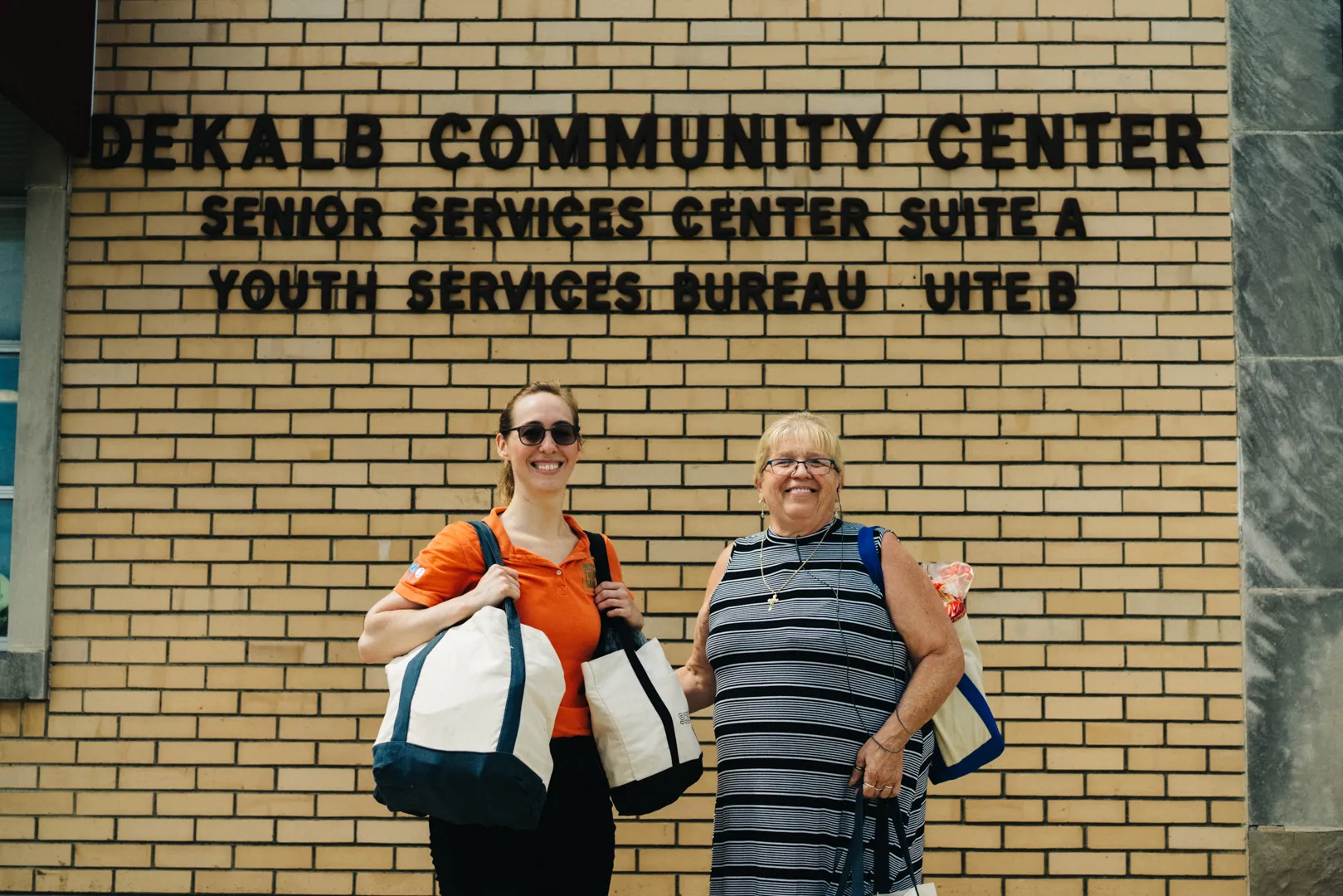
Volunteer Opportunities In Illinois
Getting involved makes a huge impact. Interested in helping pack orders for distribution? MPX has weekly opportunities at our distribution center in Geneva, Illinois.
Contacting Local Representatives
Your local government officials influence where resources go. Calling or writing them a letter pushing for policies that would help get families the food and supplies they need can help them understand how important it is to their constituents.

